Shield Young Trees: A Winter Survival Guide
As the vibrant colours of autumn fade and a chill settles in the air, our thoughts turn to cosy evenings indoors. But what about the youngest members of our gardens? Young trees, full of promise, face their toughest test during the British winter. With their thin bark and developing root systems, they are particularly vulnerable to the season's harsh conditions. A little proactive care now ensures they not only survive but thrive come springtime.
Protecting these saplings from winter's bite is one of the most rewarding tasks a gardener can undertake. It’s an investment in the future, promising years of beauty, shade, and perhaps even delicious fruit. This guide will walk you through two of the biggest winter threats—frost cracking and winter burn—and give you the knowledge to shield your young trees effectively.
Understanding the Sneaky Threat of Frost Cracking
Have you ever noticed a long, vertical split in the bark of a tree after a particularly cold spell? This is frost cracking, a common but damaging winter injury. It’s a bit like a sudden jolt to the tree’s system, caused by dramatic temperature swings.
What Causes Frost Cracking?
Imagine a crisp, sunny winter day. The low sun hangs in the sky, casting a gentle warmth on the south or southwest side of a young tree's trunk. The dark-coloured bark absorbs this heat, causing the living tissues just beneath it to expand. As evening falls, the temperature plummets. This rapid cooling causes the outer layers of the trunk to contract much faster than the still-warm inner wood. The resulting stress is immense, and eventually, the bark and wood split with an audible crack.
Why Are Young Trees So Vulnerable?
Young trees, especially those with thin, smooth bark like fruit trees (apples, plums, cherries) and ornamental maples, are the most susceptible. Their bark simply doesn't have the thickness or rough texture to insulate the trunk from these sudden temperature changes. An established oak with its gnarled, thick bark is far better equipped to handle the fluctuations than a two-year-old apple whip. These cracks create an open wound, leaving the tree vulnerable to pests and diseases come spring.
How to Prevent Damaging Frost Cracks
Fortunately, preventing frost cracking is straightforward and highly effective. The goal is simple: to stop the sun from warming the trunk in the first place. A physical barrier is your best defence.
Your Best Friends: Tree Wraps and Burlap
Commercial tree wraps, often made of paper or polypropylene, are designed specifically for this job. They are typically white or a light colour to reflect sunlight and keep the bark at a more consistent temperature. Burlap fabric is another fantastic, breathable option.
A Step-by-Step Guide to Wrapping Your Trees
Protecting your trees is an easy weekend task. Follow these simple steps for perfect protection.
- Timing is Everything: The best time to apply the wrap is in late autumn, just before the first hard frosts are forecast. Wait for a dry day to ensure you aren't trapping moisture against the bark.
- Start at the Bottom: Begin wrapping at the base of the tree, overlapping the material by about half its width as you move upwards. This "shingle" effect helps shed water, preventing it from getting trapped underneath.
- Wrap to the First Branch: Continue wrapping up the trunk until you reach the lowest main branch. There's no need to wrap the individual branches themselves, as the trunk is the most vulnerable area.
- Secure, Don't Strangle: Fasten the wrap at the top with twine or tape. The wrap should be snug but not tight. You should be able to slide a finger between the wrap and the trunk. This prevents girdling the tree as it grows.
- Remember to Unwrap: As winter loosens its grip and the threat of hard frosts passes in early spring, it's crucial to remove the wrap. Leaving it on can trap moisture, which encourages fungal diseases and provides a hiding place for pests.
Guarding Evergreens Against Winter Burn
While deciduous trees sleep, our stoic evergreens, like conifers and rhododendrons, continue to face the elements head-on. Their biggest challenge is "winter burn," a condition that leaves their beautiful foliage looking brown, dry, and scorched.
What is Winter Burn?
Winter burn is essentially dehydration. On a windy or sunny winter day, moisture evaporates from the needles or leaves of an evergreen. This is a natural process. Normally, the tree would pull more water up from its roots to replace what was lost. However, when the ground is frozen solid, the roots can't absorb any water. The foliage continues to lose moisture without any way to replenish it, causing the cells to dry out and die.
The Importance of a Pre-Winter Drink
The single most effective way to prevent winter burn is to ensure your evergreens are thoroughly hydrated before the ground freezes. A tree with ample water reserves is far better equipped to withstand the drying effects of winter winds.
Tips for Effective Watering
- Deep and Slow: Give your evergreens a deep, slow soaking in the weeks leading up to the first hard frost. Use a hose on a trickle or a soaker hose and leave it for several hours around the base of the tree. This encourages the water to penetrate deep into the soil, right where the roots need it most.
- Focus on the Drip Line: The most active roots are not right against the trunk but are found under the furthest reach of the branches, an area known as the "drip line." Concentrate your watering efforts here.
- Check the Forecast: Continue to water during any mild, frost-free periods throughout the winter, especially if rainfall has been scarce. A well-hydrated tree is a resilient tree.
More Winter Care Essentials for Young Trees
Beyond wrapping trunks and deep watering, a few other simple measures can make a world of difference for your saplings.
- Mulch for Insulation: Apply a 2-4 inch layer of organic mulch, like wood chips or shredded bark, around the base of your young trees. This acts like a blanket for the roots, insulating them from extreme cold and helping to retain soil moisture. Be sure to leave a small gap right around the trunk to prevent rot and discourage rodents from nesting against the bark.
- Hold Off on Pruning: Avoid any major pruning during late autumn or winter. Pruning stimulates new growth, which is extremely vulnerable to frost damage. Save your pruning tasks for late winter or early spring when the tree is still dormant but the worst of the cold has passed.
- Keep an Eye Out: Take a walk through your garden every few weeks during the winter. Check that tree wraps are still secure and look for any signs of damage from wind, snow, or animal activity. Early detection of a problem is always best.
An Investment in Your Garden's Future
Taking these simple steps to shield your young trees is more than just a seasonal chore; it’s an act of faith in the future of your garden. By protecting them from frost cracking and winter burn, you are ensuring they emerge from winter strong, healthy, and ready for a vigorous season of growth. Come spring, when you unwrap a perfect, undamaged trunk and see lush new growth on your evergreens, you’ll be glad you gave them the winter protection they deserved.
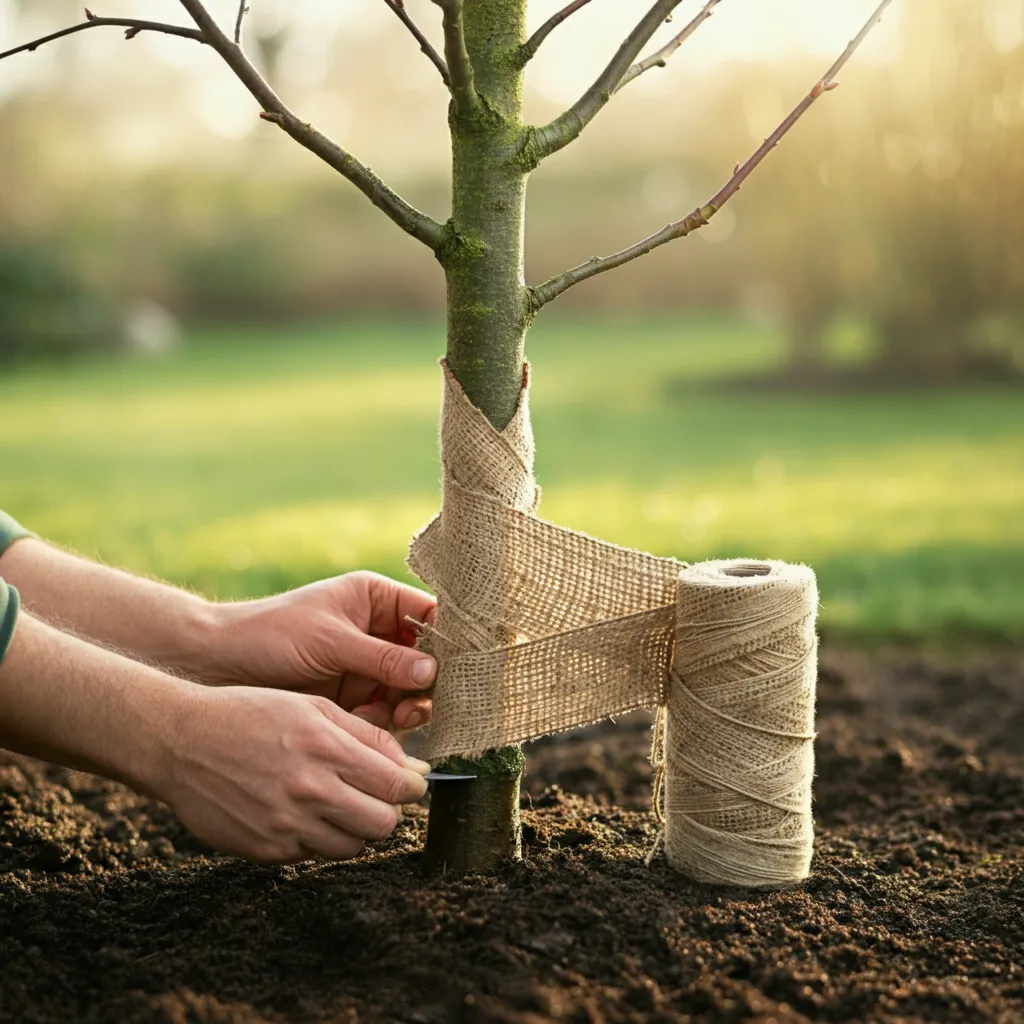
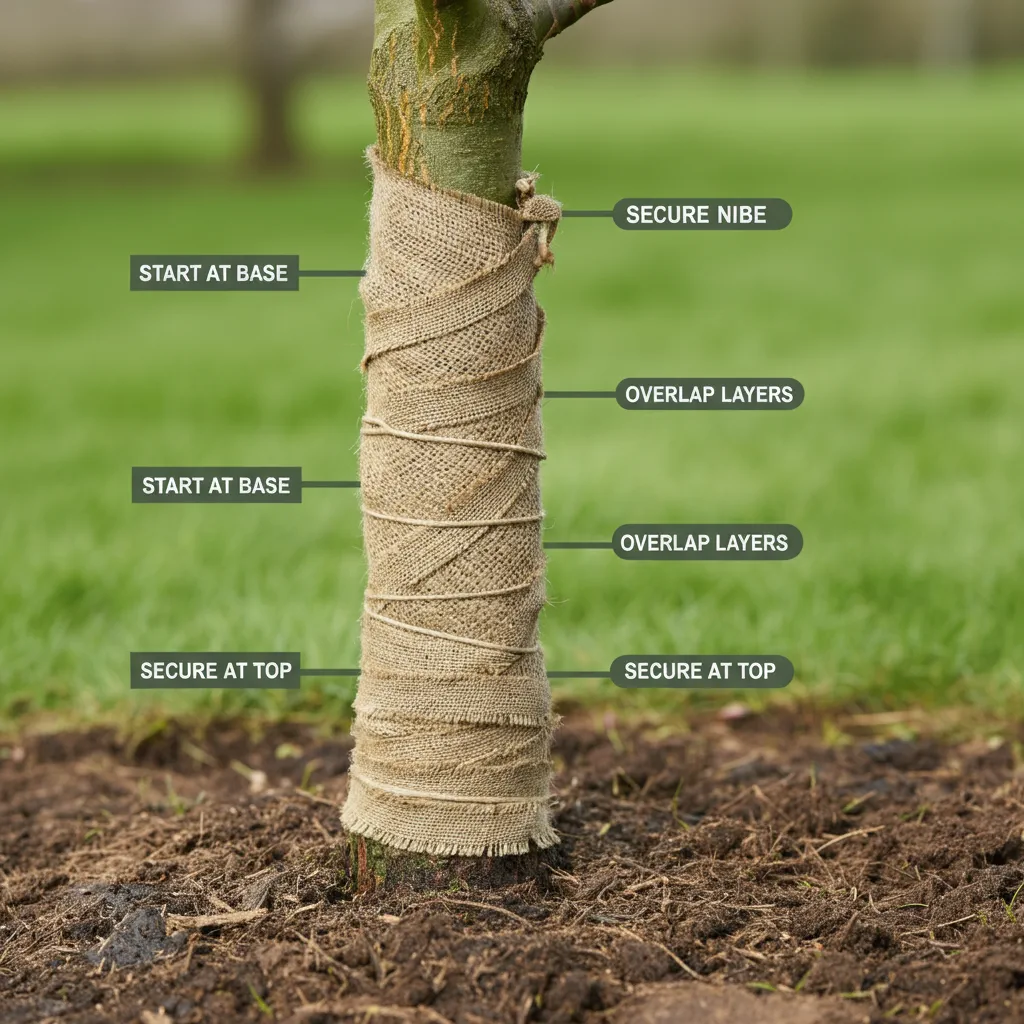
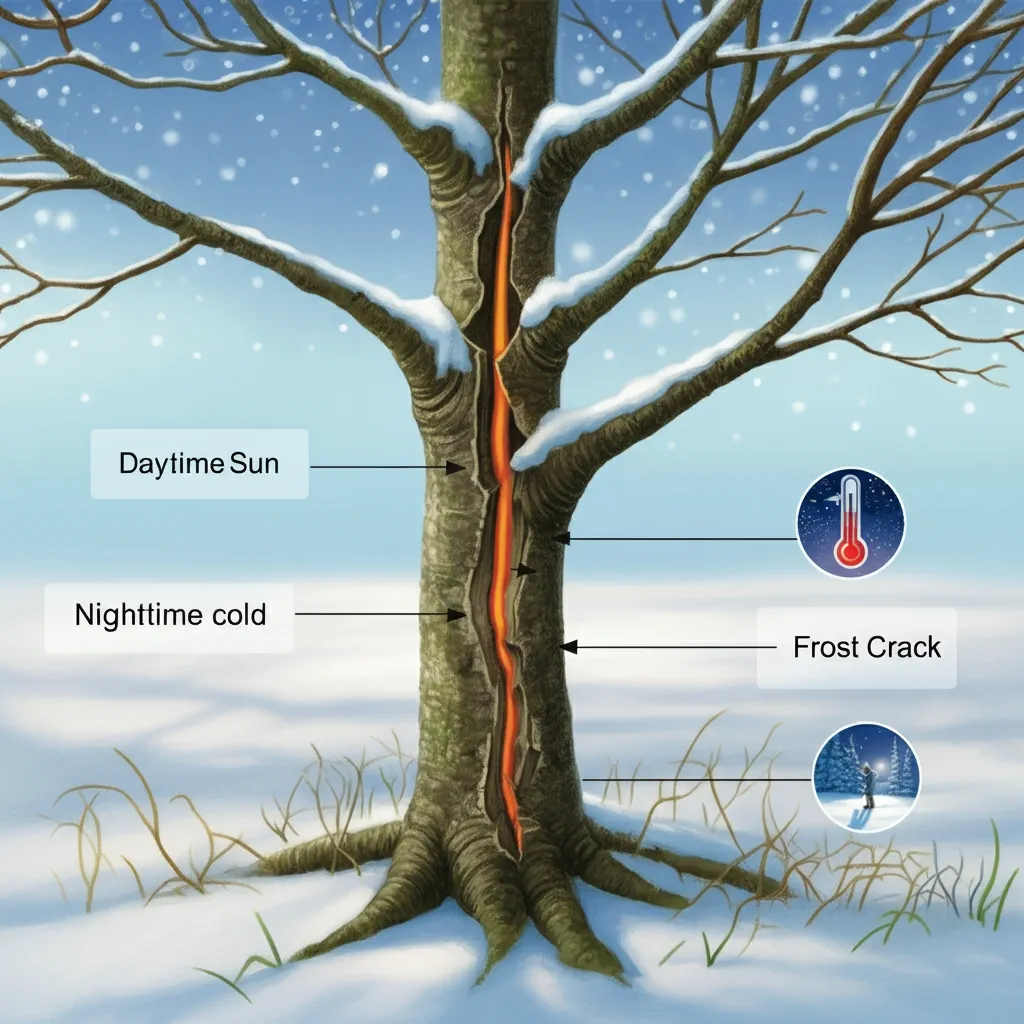
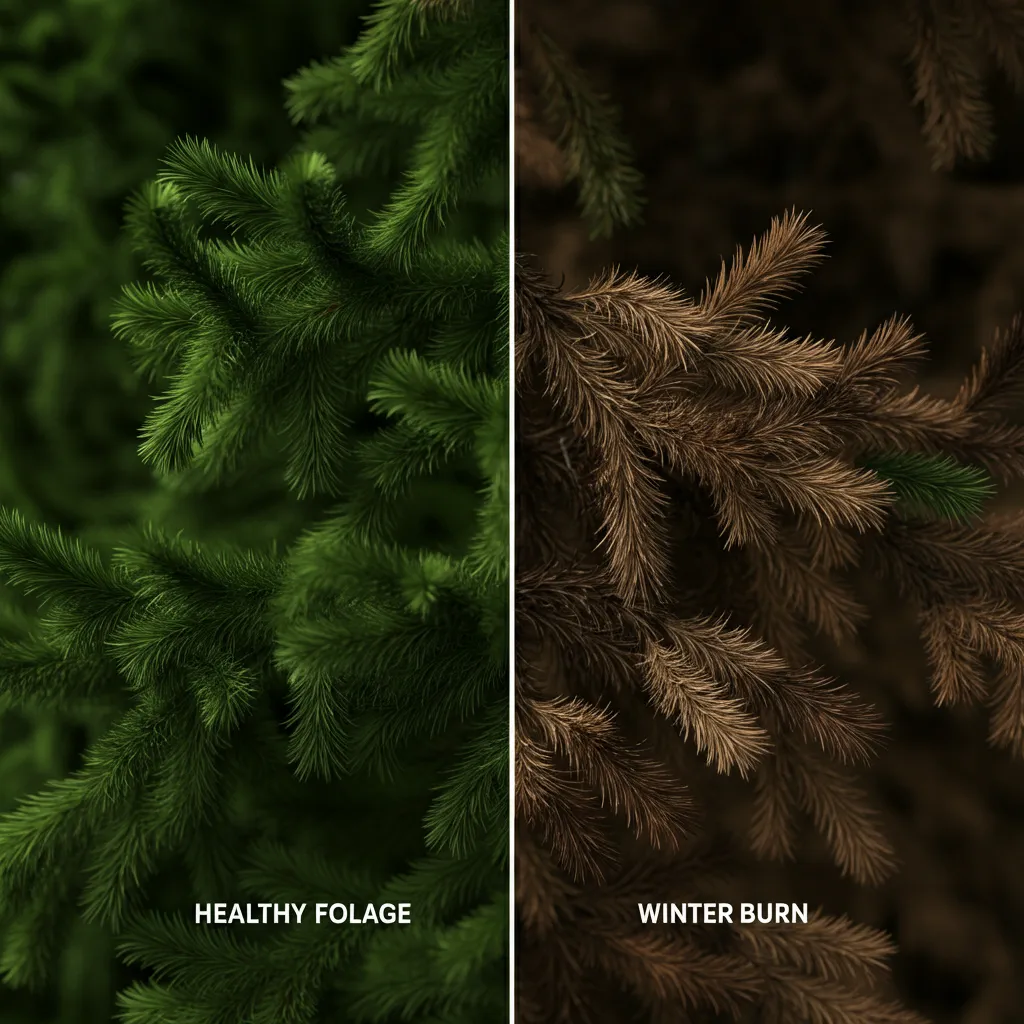
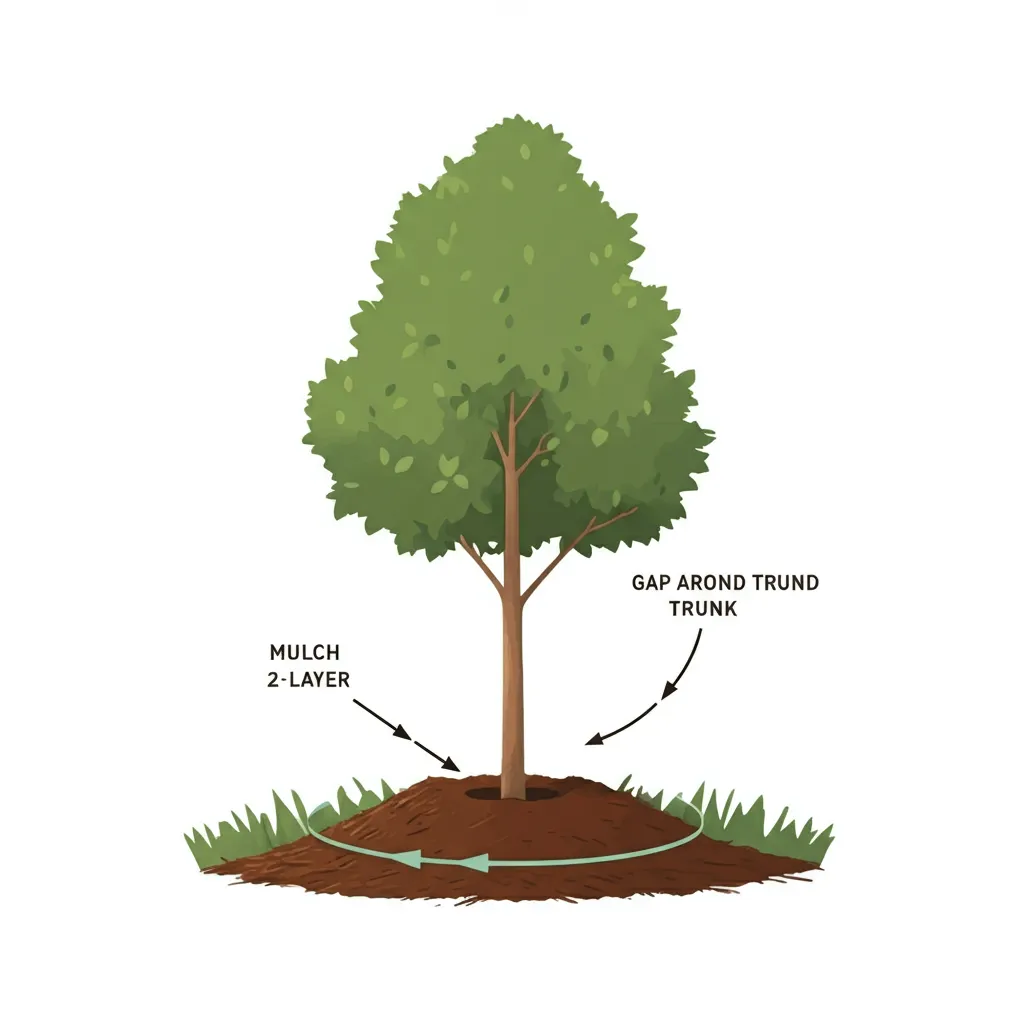











Community Feedback